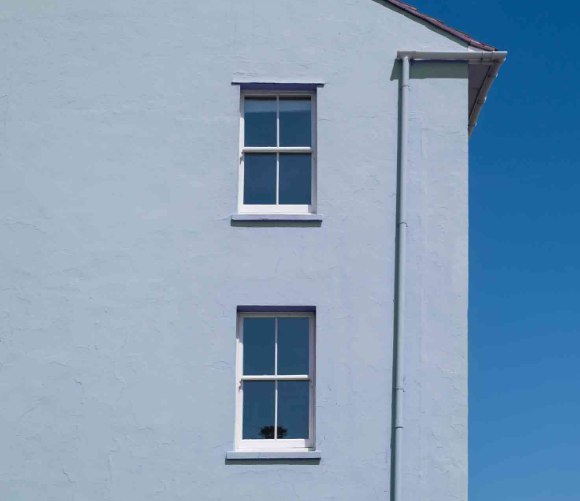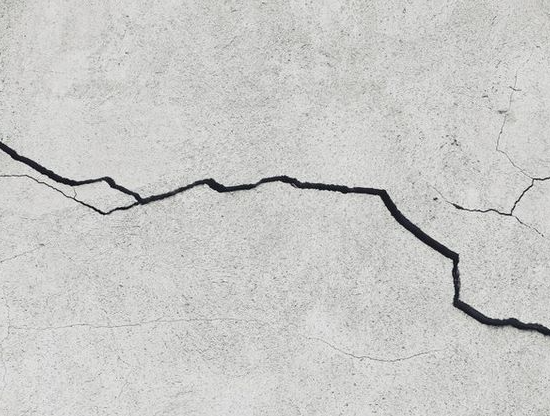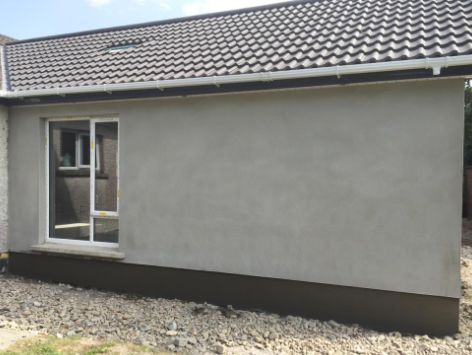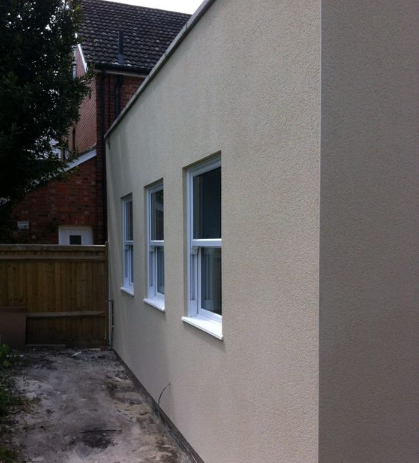Homeowners are increasingly looking for insulation options to help reduce the cost of living. Silicone render is a great option, providing insulation in homes, but some problems are associated with silicone rendering.
The blog should detail the problems associated with silicone render and discuss what people can do to minimise the problems when opting for render at their home or property.
Are you looking for an affordable, easy way to render your external walls? If so, a silicone render may be the perfect choice for you. However, be aware of the pros and cons of this rendering before making a decision. Here are some things to keep in mind:
You have no shortage of rendering process options, and traditional mixtures are familiar and affordable. However, these more traditional solutions do not provide as effective a top coat, they might deliver a poor finish, and they might even fade in direct sunlight.

If you are looking to replace a previous render, or you want to apply silicone render to your property, silicone paint and render is a good option. However, there is a lot to consider when looking for the best standard of external wall insulation, and the best solution will vary depending on a range of factors.
Silicone render technology is becoming increasingly popular for businesses and individuals who need a fast and easy way to create a high-quality online presence.
However, before making the switch, it's essential to be aware of the five disadvantages of silicone render technology. Here they are:
Keep these tips in mind when using silicone render, and you'll be on your way to success!
An issue to consider with rendering is the amount of work involved. Silicone rendering is best applied in several layers, which adds time to the overall process. If you employ more people to do the work, you reduce time, but you increase the labour cost, so you either pay with time or money.
With a silicone top coat carrying waterproof capabilities, it is fair to say this material works best when dealing with rain or wet weather.
A good base coat and thin coat on opt is highly weather resistant, offering confidence your property can withstand all weather conditions.
If you don't need a render which is so highly weather resident, a monocouche render or simple lime render might be better for your needs.
Silicone is a great material for creating renderings and models. However, it can be expensive to get the job done right - depending on the size and complexity of the project.
Furthermore, silicone rendering isn't always straightforward, so you must be prepared for that before starting.
If you are worried about rain, you need a top layer that will prevent damp and offer confidence against wind and rain. If you live in coastal areas, this is essential and even with one coat on your wall or surface, silicone improves your weather resistance.
You also minimise algae growth at your property with a reliable base coat and top layer of silicone on your wall.
There are also a few disadvantages associated with using silicone renderings; it tends to be brittle and difficult to work with in some cases.
In these cases, cracks are more common, so it makes sense to keep a close eye on your wall surface and renders. However, overall its advantages outweigh these minor drawbacks.

Other render solutions will likely be the obvious choice if you are looking for the greenest solution when rendering your property. Mineral-based renders are a greener solution than silicone, so bear this in mind when looking for the best solution for your project.
When it comes to patches for silicone renders, they are often tricky. Tiny cracks are easily patched, but a larger job carries a larger cost, and the properties of other renders might be better.
If you're looking for an affordable and simple solution that won't require much maintenance, it might be best to use plastic render patches instead.
However, if your area is busy and faces changeable weather, then silicone render patches may be the better option as they can withstand more impact and wear-and-tear. Low replacement rates or repair costs may also be cheaper in the long run.
It is one thing to purchase silicone render in a colour you desire, but if you want to paint the colour of render once it is on the wall, it might be a complex process. Admittedly, the process is becoming more straightforward, and a broader range of commercially available paint products and products speed up the re-colouring process.
However, for those who work traditionally, re-colouring silicone render is time-consuming, and doing so might minimize the weatherproof capabilities of the material.
You wouldn't want to use traditional masonry paint on silicone, and painted renders and buildings carry concerns, even if the colour looks great!
Waterproofing is one of the key reasons people turn to silicone; negating this benefit is likely to be a leading drawback for many users.
Silicone rendering can last up to 25 or 30 years if done correctly! So if you're looking for an affordable and easy way to render your property or improve on an existing render, silicone is one of the leading materials to choose, even if some render materials or properties might last longer on your building.
Rendering is an essential part of the design process, and various rendering methods are available to choose from. If you're not sure which to choose, consult a professional. When choosing an alternate rendering method, be sure to consider the pros and cons of each option.
While sand and cement render is a traditional option which is still popular today, the advances in technology makes silicone render a far better choice than the older option.
Yes, this is a more expensive render, but the benefits associated with sand and cement render provides greater value for money when it comes to external wall insulation.
With an older render, you need other solutions such as a reliable adhesive base coat and at least two coats to feel confident about the finished job. Even then, the effort of a painted finish is often less appealing than a pre-coloured highly pigmented solution.

When comparing render systems, acrylic render is a popular option, and it is easy to see why.
However, when comparing acrylic render to silicone, silicone's strength in weather and waterproofing makes it a great choice of render system for many homeowners. Also, acrylic isn't as good at preventing frost damage as some other types of flexible render, so there are drawbacks with acrylic.
Monocouche render is popular, and it goes on very fast. If you're looking for a thin coat that is applied quickly, this is an excellent choice. However, monocouche gets dirty very quickly, and requires a lot of regular maintenance.

If you are looking for a render system that you can apply and forget about, choosing to apply silicone render is a smart choice. The maintenance free nature of this finish is ideal for people who want to avoid time repairing and painting their building.
There are many brilliant reasons to use silicone render, but it would be wrong to say it was a perfect solution. Then again, it is not as if a monocouche render or acrylic solution is flawless.
There are problems associated with a silicone finish, including silicone render cracks, but you can minimise their impact when you are aware of these issues.
When you know the critical problems most commonly found with silicone render, you can choose the most appropriate render for your needs and format it in such a manner that you get the best outcome.
If you are looking for guidance or the best silicone render job and services, we are more than happy to assist you, so please contact us today.